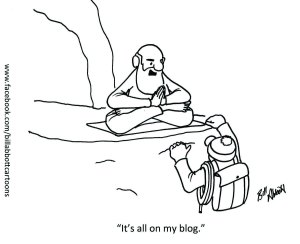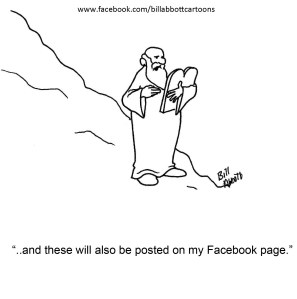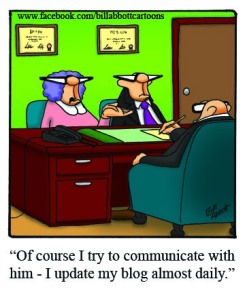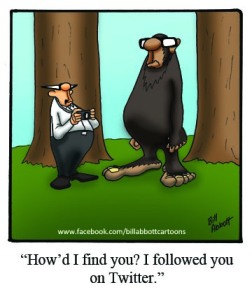When I really got focused and started in cartooning in the middle of 2008, I’d decided to try a different route than most others who came before me. It seemed to me that submitting to syndicates ad nauseum and receiving the river of rejection letters wouldn’t get me where I wanted to go. I looked at the problem from a different angle and tried to find a different path to success. I’d read about licensing and the incredible financial possibilities and results gained by some of the more recognizable cartoon characters.
So, in early 2009 I went all in. I approached a number of licensing agents, approached some major companies, and started to see some pretty amazing opportunities appear. I had the great good fortune to see my work appear on greeting cards, calendars, figurines, coffee mugs and a whole bunch of other stuff. It appeared I was well on my way to hitting and surpassing the financial goals I’d set for myself.
The reality kicked in, and sales weren’t what they could’ve or should’ve been. This is a humbling experience. I began to seek answers to the lackluster sales in licensing, and one thing immediately became clear: I hadn’t created an engaged, committed audience – I’d skipped that step and went straight to manufacturers. As a result, I had lots and lots of people picking up the products with my characters, enjoying a hearty belly laugh, but then setting them back down and walking away without making a purchase. There was no emotional connection or buy-in, and that made all the difference in the world.
Whether you are a cartoonist or licensed artist, you have to (if you want to be successful in licensing, most particularly character licensing) find a way to connect with your audience, keep them engaged, and provide them with a means to follow you, your story, your art, your techniques, and your future intentions. And keep building that audience – the most imperative element of all. I did a great deal of research with other artists and cartoonists, and this was the brilliant column of light leading to the answer that I’d somehow missed along the way.
I’m not complaining – we’re still signing with new licensees and broadening the possibilities with my characters. But I owe it to the licensees to give them the best chance at not only recouping the investment they’ve made in my art, but of profiting from it as handsomely as my supporting efforts can manage.
So how do you go about building that audience? What tools and resources are out there to guide you in developing a systematic approach to communicating and building an emotionally invested audience? There are countless ways and viewpoints, but here’s a few I found exceptionally helpful:
Books (conventional and Kindle):
“How To Use Facebook For Business”
“The New Rules Of Marketing And PR”
Podcasts: The podcasts cover a broad spectrum of topics within the field of art and comics, but as you listen, you’ll hear about successful techniques, tools and resources that have led to some of these artists having committed audiences numbering in the millions.
“Escape From Illustration Island”
These are just a few to get you started, but sufficient to keep anyone busy for a considerable period of time in learning the methods for effective audience-building. Good luck and feel free to chime in with additional ideas and experiences!





Thank you for sharing these resources!
You’re very welcome Rusty!
Reblogged this on A leek writes and commented:
I liked this.
Thank you Amanda – I’m glad you liked it!
Excellent observations on the link between art, connection and commerce in art licensing. Congrats on understanding it–and doing something about it!
Thank you Ronnie – much appreciated!